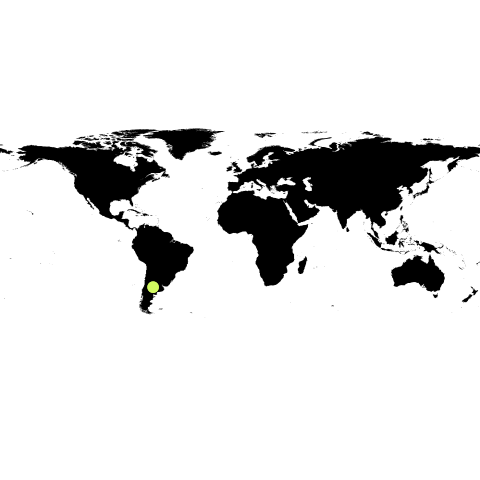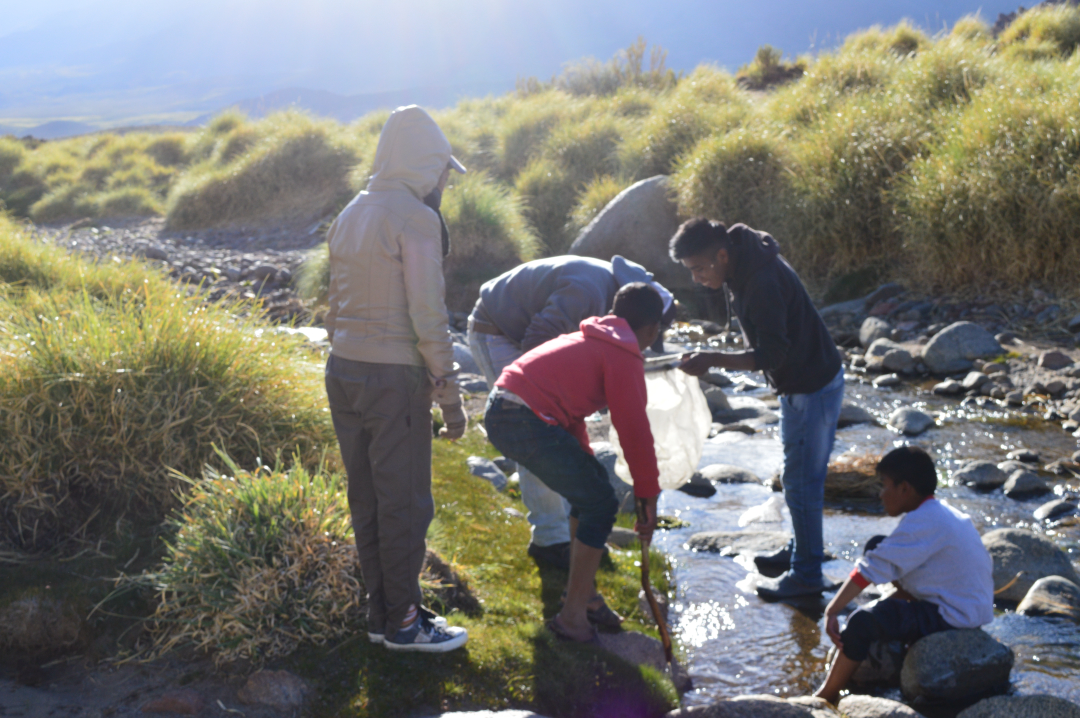Disclaimer:
Please be aware that the content herein is comprised of personal reflections, observations, and insights from our contributors. It is not necessarily exhaustive or authoritative, but rather reflects individual perspectives. While we aim for accuracy, we cannot guarantee the completeness or up-to-date nature of the content.
Contributory project: It is designed by scientists, and citizens participate in data collection.
Overall goal: Learn more about fish and water quality in the Puna, thanks to the knowledge and experiences of the Indigenous Peoples, nearby schools, and other participants. Develop and disseminate natural history biological approaches on each species present in the Puna and on aquatic ecosystems. Specific goals: Monitor the invasion of exotic fish in the Puna. Assess the importance of fish for local communities and for Indigenous Peoples in the Puna.
Description of citizen participation: Citizens are responsible for:
1- Surveying in the field various natural pools and geothermal springs with the names provided by citizens and translated into geo-referenced data.
2- Categorizing these sites according to water usage (agricultural-livestock, domestic, etc.).
3- Identifying springs with and without fish using illustrated species guides.
4- Loading the information into a database using different fields, such as town, coordinates, fish species and density, date and time, environmental characteristics, and water usage. In this way, the local population will help to gain a real understanding of the distribution and natural history of the fish in the Puna.
This knowledge will not only be a valuable scientific contribution from a different perspective but will also be a tool for the people of the Puna to argue in the future, based on hard data, about the impact caused by certain anthropogenic activities and, in particular, inadequately regulated extractive activities. In addition, it will eventually be possible to relate them to global climate change, especially in these fragile high-altitude wetland ecosystems whose aquifers depend on glacier water contributions during spring and summer.
Time frame. 07/08/2016 - N/A
Project leaders. Guadalupe Contreras, Andean Ichthyological Center (CIA)/National University of Catamarca (UNCA) • Julieta Andreoli, CIA/UNCA • Luis Fernández, National Scientific and Technical Research Council (CONICET) and CIA/UNCA
Contact information. Email: [REDACTED_EMAIL] Youtube: https://www.youtube.com/watch?v=4dXiMH9mqnc
 Consent to share form or official link.
Consent to share form or official link.

 3Good health and well-being
3Good health and well-being 4Quality education
4Quality education 13Climate action
13Climate action
Comments
Log in to add a comment or reply.